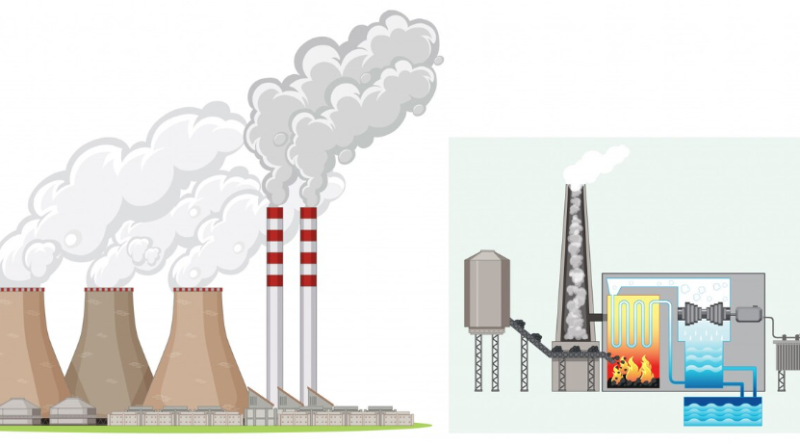7 Disadvantages of Geothermal Energy
7 disadvantages of geothermal energy
Geothermal energy is often touted as a clean and sustainable alternative to traditional fossil fuels. It harnesses the Earth’s internal heat to generate electricity and heat buildings. While geothermal energy has numerous benefits, it’s essential to acknowledge its drawbacks. In this blog post, we’ll explore seven disadvantages associated with geothermal energy.
Limited Geographic Availability:
One of the significant drawbacks of geothermal energy is its limited geographic availability. Geothermal resources are concentrated in specific regions with active tectonic activity, such as volcanoes and geysers. This restricts the widespread adoption of geothermal power plants, leaving many areas without access to this renewable energy source.
While geothermal power plants have lower operating costs compared to fossil fuel plants, their initial construction expenses can be prohibitive. The drilling and exploration required to tap into geothermal reservoirs demand significant upfront investment. This financial barrier can hinder the development of geothermal projects, especially in economically disadvantaged regions.
Depletion of Geothermal Reservoirs:
Geothermal reservoirs are not inexhaustible. Prolonged and intensive extraction of heat from these reservoirs can lead to depletion, diminishing the efficiency of geothermal power plants over time. Proper management and monitoring are crucial to avoid over-exploitation and ensure the long-term sustainability of geothermal resources.
Land Use and Environmental Impact:
Geothermal power plants, particularly those using hydrothermal resources, can have environmental consequences. Altering the natural flow of hot water and steam from underground reservoirs may affect local ecosystems and wildlife habitats. Additionally, the release of trace gases and minerals during the extraction process can have environmental implications, necessitating careful consideration of the overall ecological impact.
Potential for Induced Seismicity:
The injection and extraction of fluids during the geothermal reservoir stimulation process can induce seismic activity, leading to earthquakes. While most induced seismic events are minor, there have been instances where larger earthquakes occurred, raising concerns about the safety of geothermal operations. Implementing robust monitoring systems and adherence to strict operational guidelines are essential to mitigate this risk.
Dependence on Drilling Technology:
The success of geothermal projects heavily relies on drilling technology. Deep drilling is required to access the Earth’s heat reservoirs, and technological challenges associated with drilling at such depths can lead to increased project costs and delays. Advances in drilling technology are crucial to overcoming these challenges and making geothermal energy more accessible.
Intermittency and Lack of Storage:
Geothermal energy, like other renewable sources, can be intermittent. The availability of heat from the Earth’s interior may vary, affecting the consistent generation of electricity. Unlike some other renewable energy sources, such as solar and wind, geothermal energy lacks efficient and cost-effective storage solutions. This intermittency challenge underscores the need for complementary energy storage technologies to ensure a stable and reliable power supply.
Conclusion:
While geothermal energy offers numerous advantages as a clean and renewable energy source, it is not without its drawbacks. Addressing these disadvantages requires ongoing research, technological innovation, and careful planning to ensure the responsible and sustainable harnessing of geothermal resources. As the world seeks to transition to greener energy alternatives, a balanced understanding of both the benefits and challenges of geothermal energy will be essential for informed decision-making.
FAQS :
Q. What are the disadvantages of geothermal energy?
Ans. Geothermal energy has limited geographic availability, high initial construction costs, potential depletion of reservoirs, land use and environmental impacts, the risk of induced seismicity, dependence on drilling technology, and intermittent availability.
Q. What is the negative effect of geothermal?
Ans. The negative effects of geothermal energy include potential environmental impact on local ecosystems, induced seismic activity, and the depletion of geothermal reservoirs, which may reduce the efficiency of power generation over time.
Q. Why is geothermal energy costly?
Ans. Geothermal energy is costly due to high initial construction expenses, particularly related to drilling and exploration. The technology used for accessing the Earth’s heat reservoirs requires substantial upfront investment, impacting the overall economic feasibility of geothermal projects.
Q. What are the disadvantages of open-loop geothermal systems?
Ans. Open-loop geothermal systems have disadvantages such as the potential for groundwater contamination, the need for a sustainable water source, and regulatory restrictions on water discharge, making them less favorable compared to closed-loop systems in certain locations.




